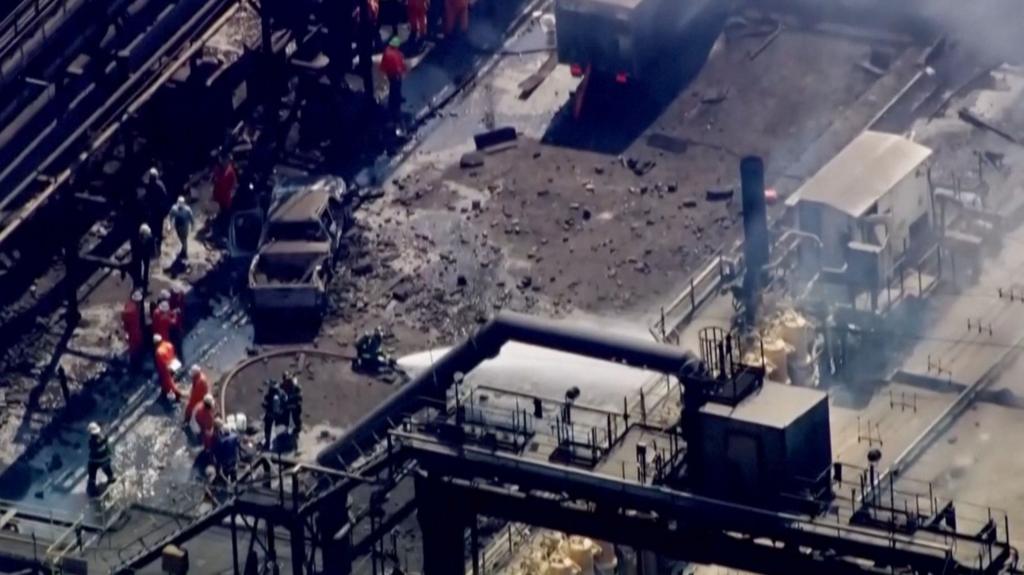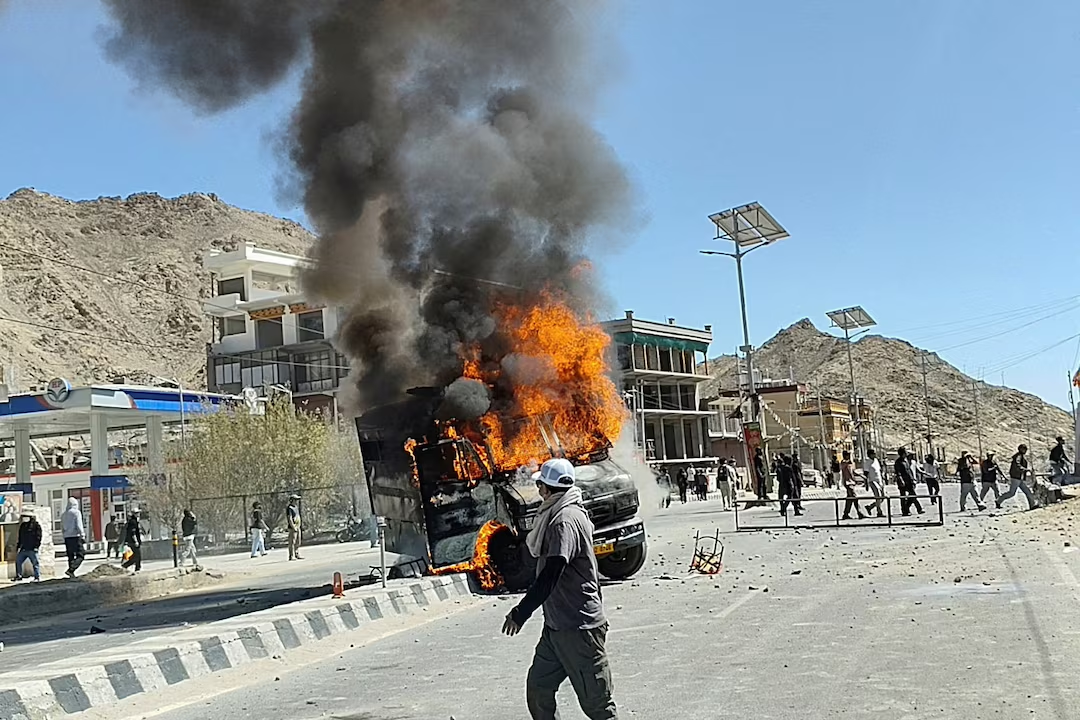
A sudden series of explosions rocked the Clairton Coke Works—America’s largest coke-producing facility—on August 11, 2025, prompting a massive rescue effort and renewed safety concerns across the steel industry.

What Happened: Timeline of a Disaster
- The blasts struck around 10:51 a.m. near Pittsburgh, targeting coke oven batteries 13 and 14, according to U.S. Steel officials. The Washington PostAP News
- At least one worker died, while ten others were hospitalized with injuries. One person remains unaccounted for, with search operations still ongoing. AP NewsThe Washington PostPeople.comThe Economic TimesThe SunReuters
- Emergency services—including 20 EMS units and 14 fire departments—responded promptly amid plumes of black smoke and shakes felt for miles. The Washington PostAP NewsReuters
Community Impact: Fear, Warnings, Response
- The explosion’s shock wave reverberated through the region—one nearby worker said, “It felt like thunder… shook my chest and the building before dark smoke appeared.” The Sun
- Local officials urged residents within one mile to avoid outdoor air by sealing homes and switching HVAC systems to recirculate. Air quality monitors later reported no dangerous pollutant levels. AP NewsThe Washington PostPeople.com
Plant Context: Size, History, and New Ownership
- Situated on the Monongahela River south of Pittsburgh, the Clairton Coke Works spans over 392 acres and can produce nearly 4.7 million tons of coke annually. It employs around 1,200–1,400 workers. WikipediaAP News
- In June 2025, Nippon Steel completed a $14.2 billion acquisition of U.S. Steel, positioning the Clairton facility under new ownership amid ongoing scrutiny. The Washington PostReuters
Safety and Environmental Concerns Resurface
- The plant has a turbulent safety record, with accidents recorded in 2009 and 2010. It also settled a major pollution lawsuit in 2019 for $8.5 million and agreed to upgrades worth $24.5 million in 2024. AP News
- This latest explosion reignites concerns about industrial oversight—environmental groups are calling for independent investigations. AP NewsThe Sun
What Happens Next?
- Federal and local agencies—including the Bureau of Alcohol, Tobacco, Firearms and Explosives (ATF) and the Allegheny County fire marshal—have launched investigations. The Washington PostAP NewsReuters
- The company has shut down damaged batteries, but portions of the plant remain operational even as the probe continues. AP News
Why This Matters to Americans
- Worker safety is paramount. The incident underscores the risks that steelworkers face daily.
- Supply chain attention: With Clairton being a critical node in American steel production, prolonged downtime could affect construction, automotive, and manufacturing sectors.
- Public health and trust: Even without elevated pollution levels, community anxiety underscores the need for transparency and safety enhancements.
Key Insights at a Glance
| Highlight | Why It Matters |
|---|---|
| Incident hit one of the largest coke works in the U.S. | A major industrial shock with ripple effects. |
| Casualty, injuries, and one missing person | Human toll and ongoing rescue efforts. |
| Fast emergency response and environmental caution | Shows local preparedness and public health priority. |
| History of safety and pollution issues | Raises serious questions about regulation and oversight. |
| Active investigations and partial operation | Will inform future industry standards and policy. |
In Summary
The explosion at Clairton is more than a local tragedy—it’s a wake-up call. For U.S. readers, staying informed on industrial safety, supply chain resilience, and worker protections isn’t optional—it’s necessary.







